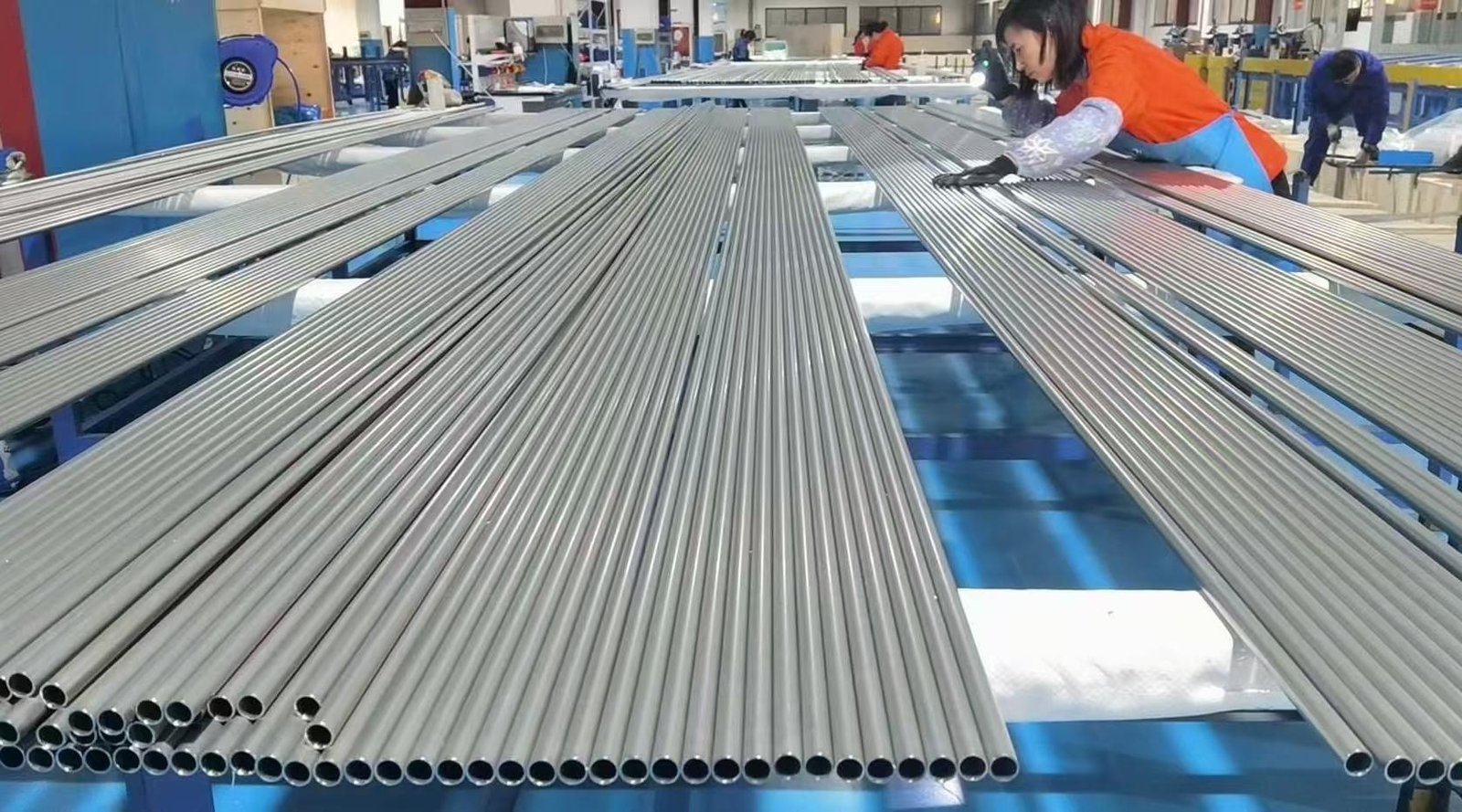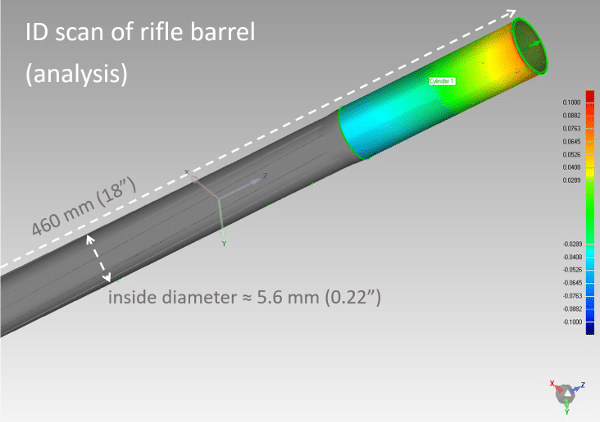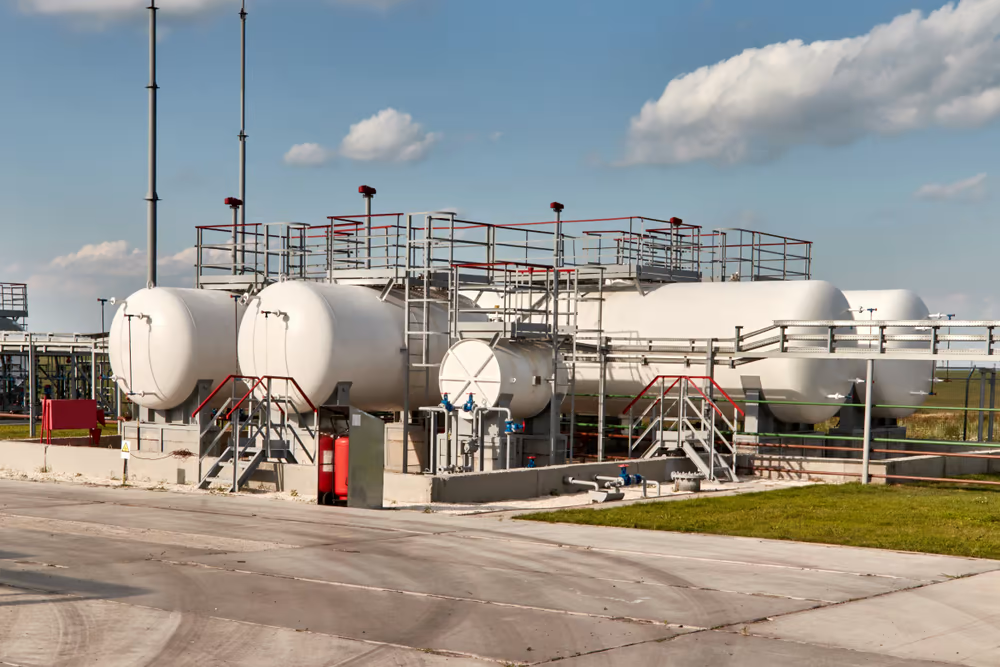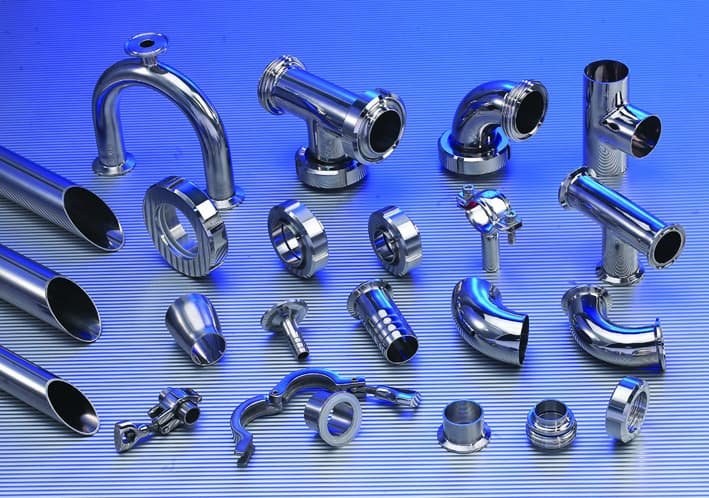1. Why Your Condenser Coil Matters for AC Performance
The condenser coil is the component in your outdoor air conditioning unit that releases indoor heat to the environment. When clogged or damaged, your AC system can’t cool effectively, leading to high energy bills, system strain, and premature breakdown.
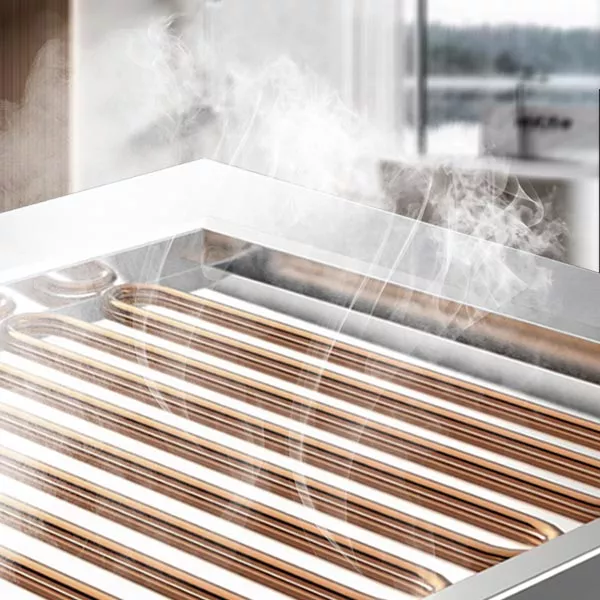
2. Top 5 Common Condenser Coil Problems
- Dirty Condenser Coil
A dirty coil insulates the refrigerant lines, preventing efficient heat transfer. Dust, pollen, leaves, and other debris block airflow and increase compressor load. - Bent or Damaged Fins
Coil fins are delicate and can easily bend during pressure washing or due to outdoor impact. Bent fins restrict airflow and reduce performance. - Refrigerant Leak
A refrigerant leak can result from corrosion or vibration. Low refrigerant levels cause poor cooling and frozen coils. - Corrosion or Rust
Environmental exposure can corrode the aluminum or copper tubing. Corrosion reduces structural strength and can lead to leaks. - Blocked Airflow
Obstructions like plants, fences, or walls too close to the unit block ventilation. This causes overheating and impacts condenser performance.
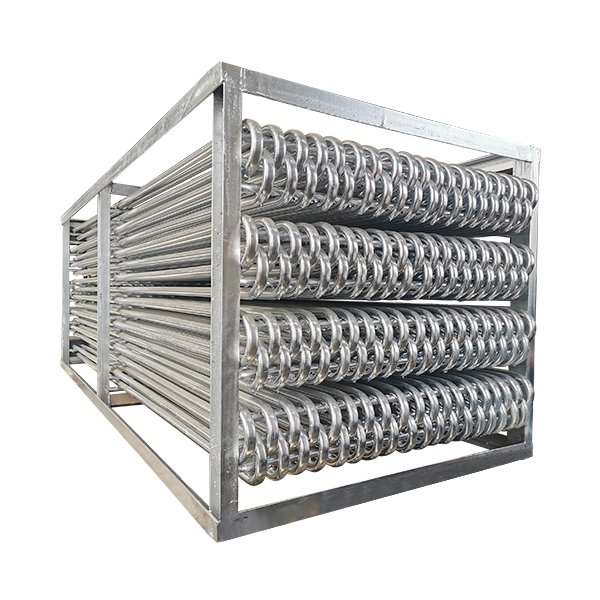
3. Warning Signs of Condenser Coil Failure
- AC not cooling properly
- Outdoor unit hot to touch
- Frequent cycling on/off
- Ice buildup or water leakage
- Sharp increase in power consumption
- Unusual noises
More details in this guide.
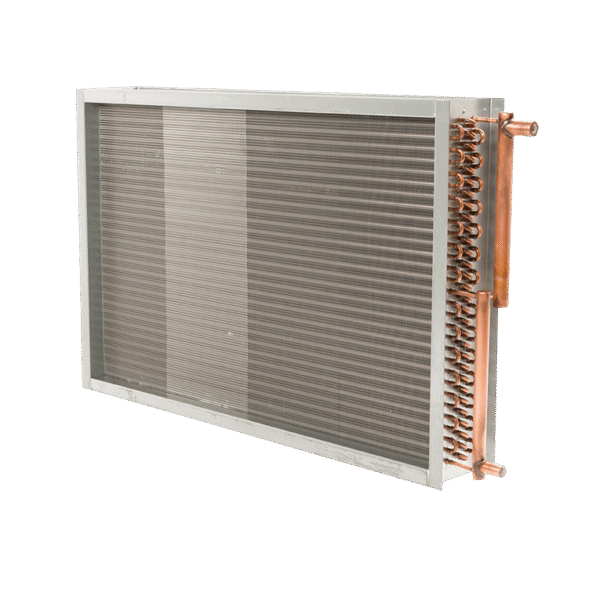
4. How to Clean and Maintain Your Condenser Coil
DIY Tips:
- Switch off power
- Clear away leaves and visible dirt
- Use a hose (low pressure) to clean the fins
- Use a fin comb to fix bent fins
- Maintain at least 2–3 feet clearance around the unit
Professional Maintenance Includes:
- Coil cleaning with safe chemicals
- System pressure testing
- Refrigerant top-up
- Full HVAC inspection
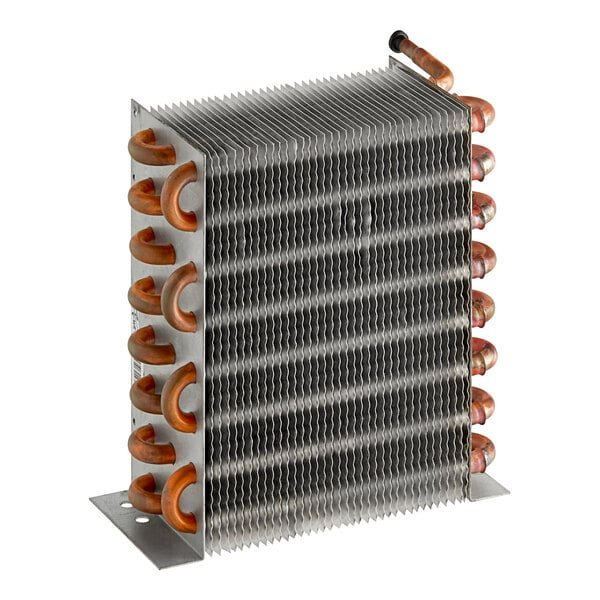
5. Repair or Replace?
| Situation | Recommendation |
|---|---|
| Dirty or slightly bent fins | Clean and straighten |
| Minor leak | Patch and recharge (short-term) |
| Heavy corrosion/leak | Replace condenser coil |
| Old system (10–15 yrs) | Consider full AC upgrade |
A detailed analysis is available here.
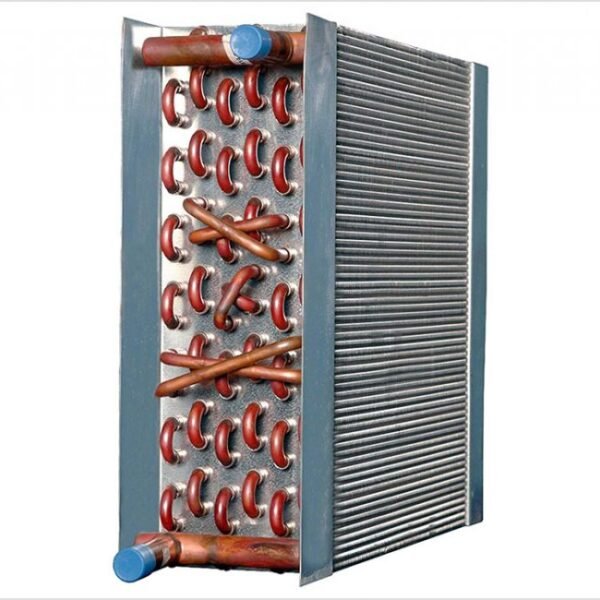
6. Preventive Measures Checklist
- Clean coils every 6–12 months
- Keep bushes and debris away from unit
- Avoid using high-pressure sprays
- Install coil guards or mesh
- Use anti-corrosion coating in coastal areas
- Schedule annual professional maintenance
Follow these best practices to avoid costly repairs.
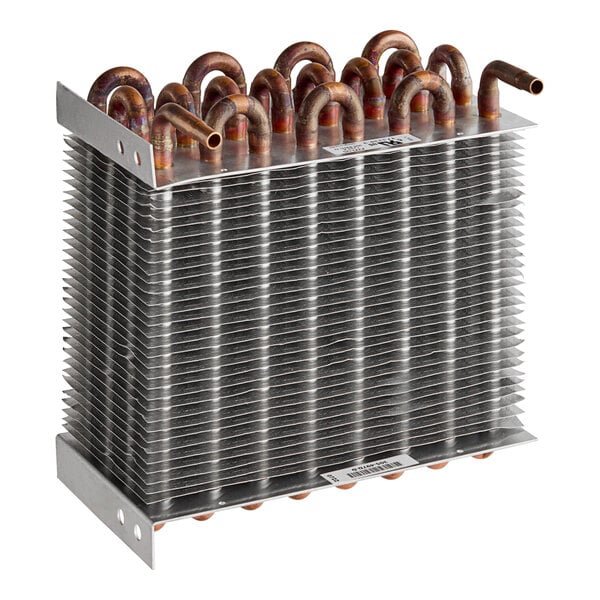
Final Thoughts
A clean, well-functioning condenser coil is essential for cooling efficiency, cost control, and AC longevity. Whether it’s clogged with dirt, bent out of shape, or leaking refrigerant, addressing issues early saves money and extends system life.
Need support? Always consult a licensed HVAC technician.
condenser coil problems, dirty condenser coil, refrigerant leak, bent fins, AC not cooling, high energy bills, condenser coil maintenance, HVAC inspection, coil corrosion, blocked airflow, condenser coil cleaning


